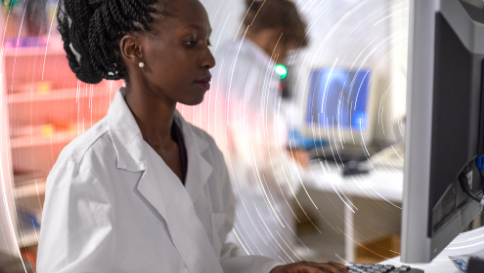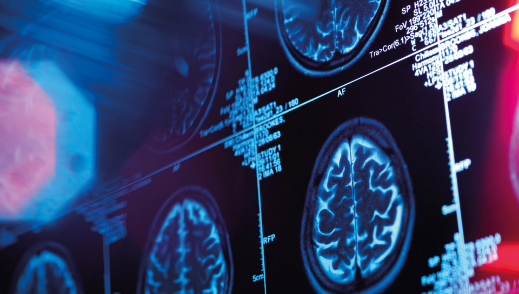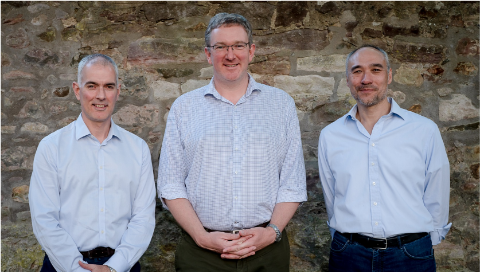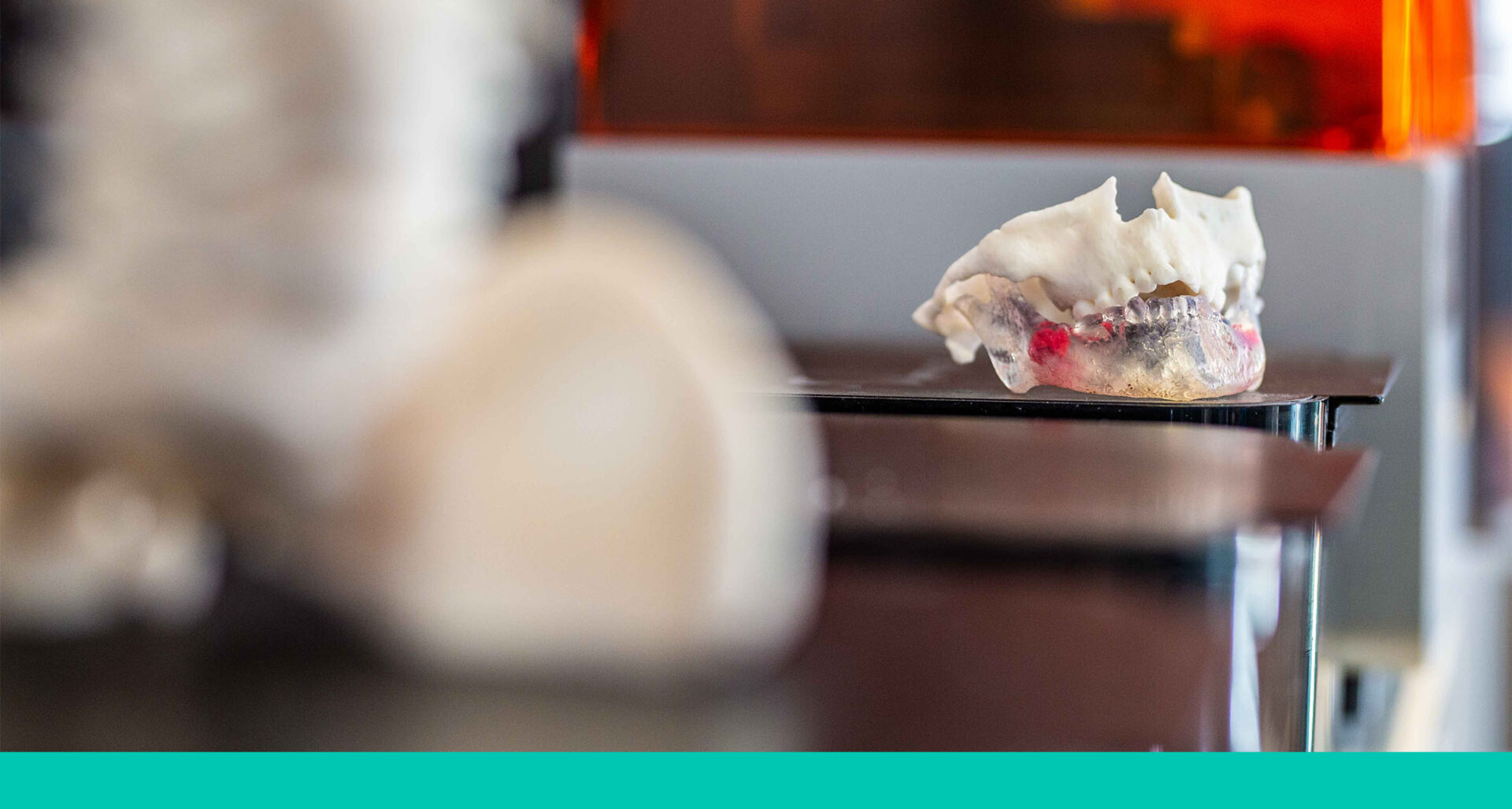Blackford Analysis
Greg: Why is it so important that all users of models collect data on patient benefit?
Katie: We cannot stress enough the significance of data collection in order to build evidence that will support the progress of the CPT codes for using 3D printed anatomical models from level III to level I. Healthcare payers are beginning to see that sufficient evidence for coverage can be compiled well before a Category I code is approved. Despite some initial resistance, this means that we are seeing Category III codes increasingly being accepted by payers for coverage. This shift in payer perspective has been driven, in large part, by physicians’ willingness to embrace new technology with Category III codes. It is only through physicians’ continued advocacy of new technologies that the temporary code system will succeed in supporting the introduction of new technology that ultimately drives better outcomes for patients.
Greg: Do you have any advice for medical professionals about how best to collect data?
Katie: Where possible, it’s ideal to try and gather data on a small number of key applications. Hospitals typically use 3D printing for particular use cases, such as congenital cardiac planning, but sometimes they provide 3D printing for other complex cases, resulting in lots of one-off cases. If surgeons are requesting one-off cases, encourage them to consider using an anatomical model for similar cases in the future. It’s also important to understand why the model was requested, as this can help with rolling-out services to other surgeons in a department. The data itself should be carefully stored, not only to adhere to a quality management system and ensure a robust audit trail, but also to provide this data to the CMS to help build the case for medical 3D printing. As the driver for CPT codes is to achieve reimbursement, it is vital that the total cost of delivering the service is accurately calculated. Ensure all of the production steps of model creation are recorded. This includes records of hardware, materials and software used, the staff that undertook the work, and the time taken at each stage to process. It’s important to be as precise as possible, and not underestimate the time for small administrative tasks, as this can add significant time and cost to the overall process. Where possible this data should be collected automatically. All this information will be collated by the CMS and used to drive the process for allocating a dollar amount for the CPT code.
Greg: And what about considerations for surgeons and radiologists?
Katie: It’s important to ensure that surgeons are clear on the need for feedback on the case outcome relating to the use of the model. The more quantitative data that can be gathered the better, and try to gather retrospective data for similar cases, if possible. This, of course, includes data such as changes in procedure plan, theater time, information about the equipment used in theater and so on. But the soft benefits are also important, such as surgeon confidence and patient experience, for example. And it’s essential to keep radiology involved throughout the process. It can be easy to fall into the trap of only including radiology at the segmentation phase, and then to focus on the surgical teams after the model is created. But radiology will be the driver of CPT adoption, so it’s important to ensure any information relating to improved patient outcomes is fed back to the radiology team and that they are aware of any key applications/trends around model requests. Ultimately, the goal is that the radiologist can make a recommendation or request for a 3D printed model based on differential diagnosis, or there are standardized protocols in place that make a 3D printed model essential in specific cases, based on those which see the greatest impact.
axial3D assure
axial3D assure supports medical 3D print labs to measure the clinical impact and value in their medical 3D printing program. Using axial3D assure, your clinical teams can easily communicate with one another, track production automatically, monitor all activity and manage quality control and reporting in the production of 3D printed medical models. Book a demo of axial3D assure
here.











